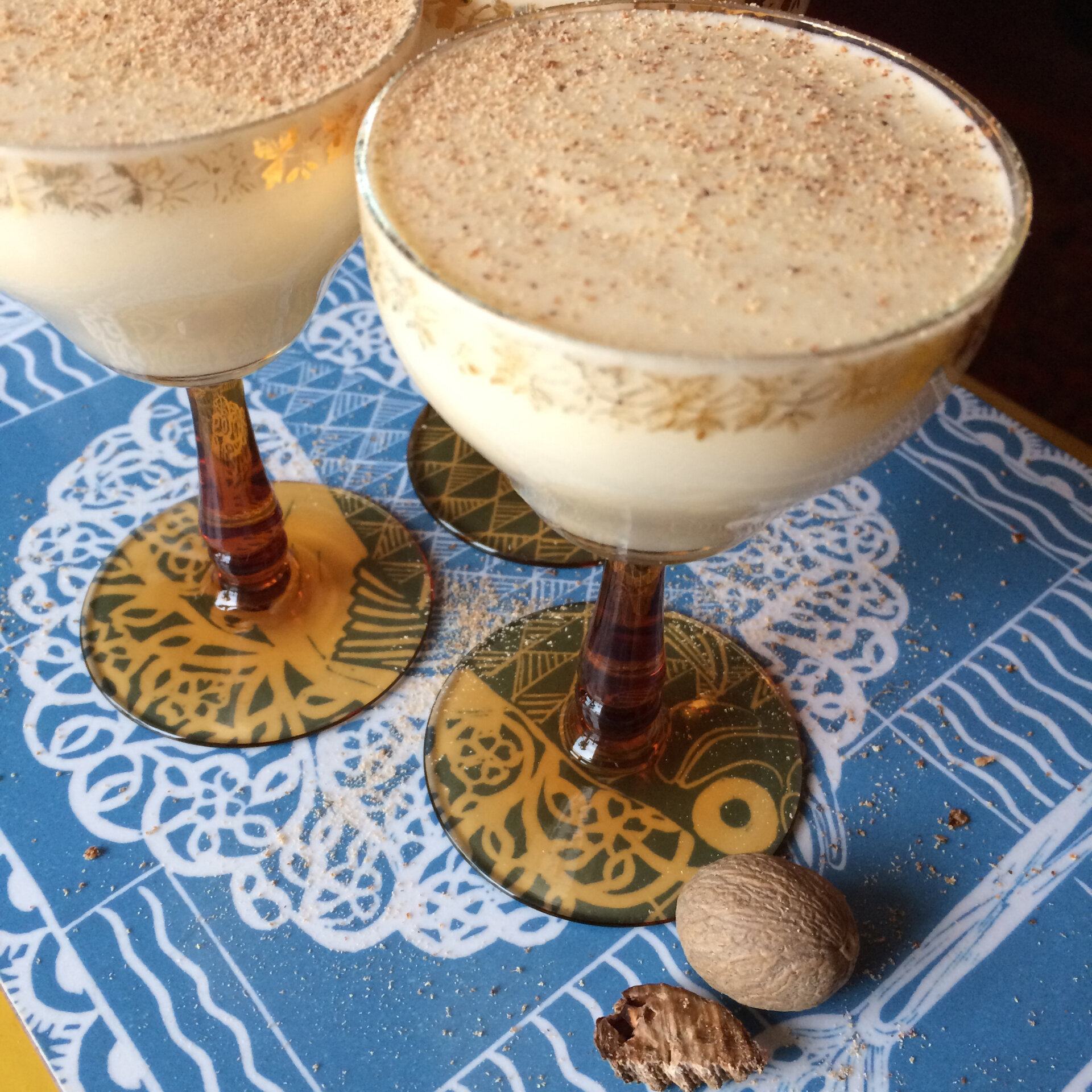Whipkül is thought to have originated in Scandinavia and was later popular throughout north east Scotland. Some recipes quote it as a dessert, while others have it down as a Yule-time celebration drink. Here in Shetland it was once eaten as a rich breakfast dish on the morning of New Year’s Day, one of the many things prepared to get the New Year off to the best and most auspicious start! If you’re lucky enough to be able to use fresh Shetland eggs and cream from Shetland Farm Dairies, it’s hard to imagine a better start to the year ahead.
Recipes for Whipkül feature in many Shetland cookery books, including Marian Armitage’s acclaimed Shetland Food and Cooking and Bo Simmons’ A Taste of Burrastow. It also features in Margaret B. Stout’s fantastic book, Cookery for Northern Wives and is mentioned as a Yule recipe in Jenny Simmons’ A Shetland Cook Book.
It is most often made with rum, although you could substitute this with another liqueur or spirit more to your taste – for example, it is equally delicious with Shetland Reel Whisky. Whipkül is remarkably similar to recipes found in other parts of the world. It could be considered a northern cousin to eggnog and the Italian favourite zabaglione – though the latter does not include cream. The best known recipe for zabaglione uses marsala wine instead of rum, of course. However, in some areas of Italy, zabaglione is a breakfast treat instead – with a shot of moka coffee added in place of the alcohol used in its after dinner variant.
Whether you choose to make it in its most traditional form or add your own twist, Whipkül is a really simple yet luxurious addition to any festive feast. You can also add rum-soaked raisins, a spoonful of your favourite rhubarb or raspberry preserve, or a handful of fresh berries and some toasted nuts. In this version, I've decided to add just a little nutmeg on top!

